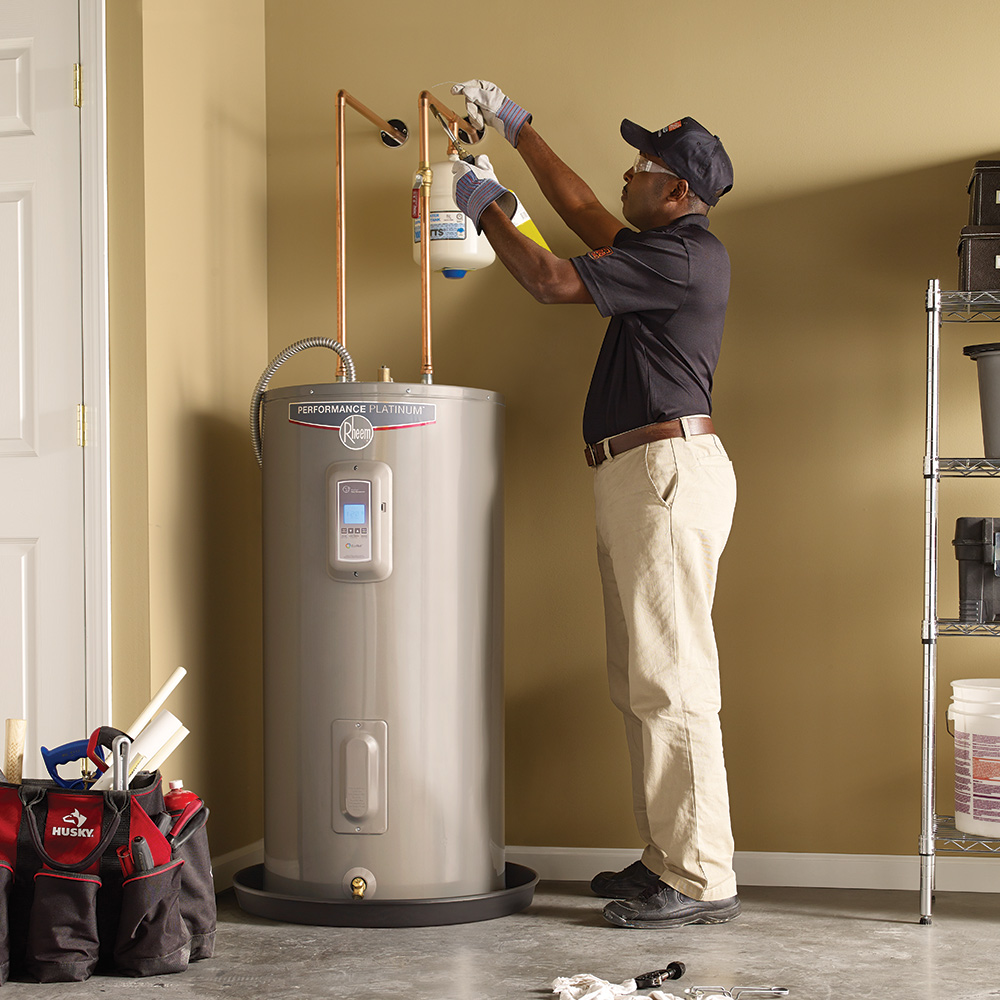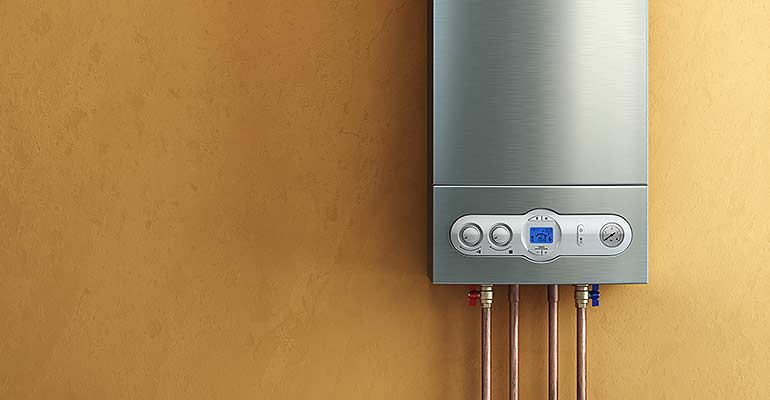Simple Steps to Caring for Your Home's Hot Water SystemImportant Advice on Maintaining Your Home's Hot Water System
Simple Steps to Caring for Your Home's Hot Water SystemImportant Advice on Maintaining Your Home's Hot Water System
Blog Article
Just how do you actually feel when it comes to Water Heater Maintenance Tips You Can't Afford to Forget?

Hot water is essential for everyday comfort, whether it's for a rejuvenating shower or washing dishes. To guarantee your hot water system runs successfully and lasts much longer, routine upkeep is essential. This article supplies functional tips and understandings on just how to preserve your home's hot water system to avoid disturbances and pricey repairs.
Intro
Preserving your home's warm water system could appear overwhelming, yet with a few simple actions, you can guarantee it operates smoothly for years to come. This overview covers whatever from comprehending your hot water system to do it yourself upkeep ideas and understanding when to contact expert aid.
Importance of Maintaining Your Warm Water System
Routine maintenance not only prolongs the lifespan of your hot water system however likewise guarantees it runs effectively. Neglecting upkeep can bring about decreased performance, higher energy costs, and also early failure of the system.
Indications Your Hot Water System Demands Maintenance
Recognizing when your hot water system requires attention can protect against major problems. Look out for indicators such as inconsistent water temperature level, strange noises from the heating system, or rusty water.
Flushing the Hot Water Heater
Flushing your hot water heater eliminates sediment accumulation, improving effectiveness and lengthening its life.
Checking and Changing Anode Rods
Anode rods stop corrosion inside the storage tank. Checking and changing them when worn out is important.
Facility Problems Requiring Expert Aid
Examples consist of significant leaks, electric problems, or if your water heater is constantly underperforming.
Routine Expert Upkeep Benefits
Specialist maintenance can consist of detailed evaluations, tune-ups, and making sure compliance with safety and security criteria.
Inspecting and Changing Temperature Level Setups
Adjusting the temperature setups makes certain optimal performance and security.
Do It Yourself Tips for Maintenance
You can execute several maintenance jobs on your own to keep your hot water system in leading problem.
Looking for Leaks
Frequently check pipelines and links for leaks, as these can lead to water damage and higher expenses.
Comprehending Your Warm Water System
Before diving right into maintenance jobs, it's valuable to comprehend the basic elements of your hot water system. Usually, this includes the water heater itself, pipes, anode rods, and temperature controls.
Regular Monthly Maintenance Tasks
Routine monthly checks can help capture small problems before they rise.
Checking Pressure Relief Valves
Testing the stress relief valve ensures it operates appropriately and stops extreme pressure build-up.
Shielding Pipes
Shielding warm water pipes lowers heat loss and can save energy.
When to Call a Specialist
While DIY upkeep is valuable, some concerns need professional proficiency.
Verdict
Regular upkeep of your home's hot water system is important for efficiency, longevity, and cost financial savings. By complying with these pointers and understanding when to seek specialist assistance, you can ensure a trusted supply of hot water without unanticipated interruptions.
Water Heater Maintenance Tips
Test the TPR Valve
Shut off the power and the cold-water supply valve. Place a bucket under the pipe connected to the temperature-pressure-release (TPR) valve on the top or side of the tank. (This valve opens if the tank pressure gets too high.) Lift the valve’s tab to let some water out, then let go. If water keeps flowing, drain the tank partway, unscrew the old valve with a pipe wrench, and install a new one. Check the Anode Rod
Put a hose to the tank’s drain cock and let out a few gallons of water. Now fit a 1 1/16-inch socket onto the rod’s hex head on top of the heater (or under its top plate) and unscrew the rod. If it’s less than ½ inch thick or coated with calcium, buy a new one, wrap its threads with Teflon tape, put it back in the tank, and tighten securely. Use this segmented rod if headroom above the tank is limited. Drain the Tank and Wash Out Sediment
Drain the remaining water in the tank into the bucket, then stir up the sediment on the tank’s bottom by briefly opening the cold-water supply valve. Drain and repeat until clean water comes out of the hose. Close the drain cock, refill the tank, and turn its power back on. Adjust the Temperature
Find the temperature dial on the side of the tank and unscrew its cover. Adjust the dial to 120 degrees using a flathead screwdriver. For every 10 degrees the temperature is lowered, you can expect to save up to 5 percent in energy costs. Turn the water heater off or the thermostat down to its lowest setting if you plan to be away from home for more than three days. Insulate the Pipes
Buy some self-sticking 3/8-inch-thick foam pipe insulation that matches the pipes’ diameter. Slide the foam over the hot-and cold-water pipes as far as you can reach. Insulating the cold-water pipe prevents condensation in summer. Peel the tape and squeeze the insulation closed. If the pipe is 6 inches or less from the flue, cover it with 1-inch-thick unfaced fiberglass pipe wrap. https://www.thisoldhouse.com/plumbing/21016402/how-to-maintain-a-water-heater

Hopefully you enjoyed reading our section on Tips on Maintaining a Water Heater. Thanks so much for finding the time to read through our blog. If you liked our article please do not forget to share it. I recognize the value of your readership.
Click Here Report this page